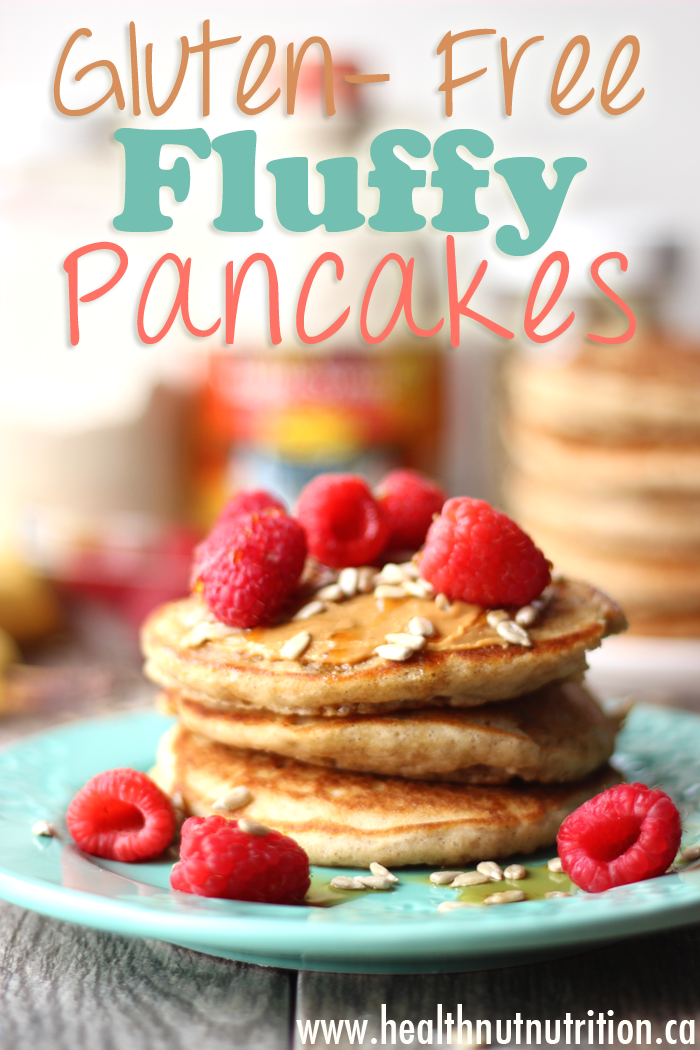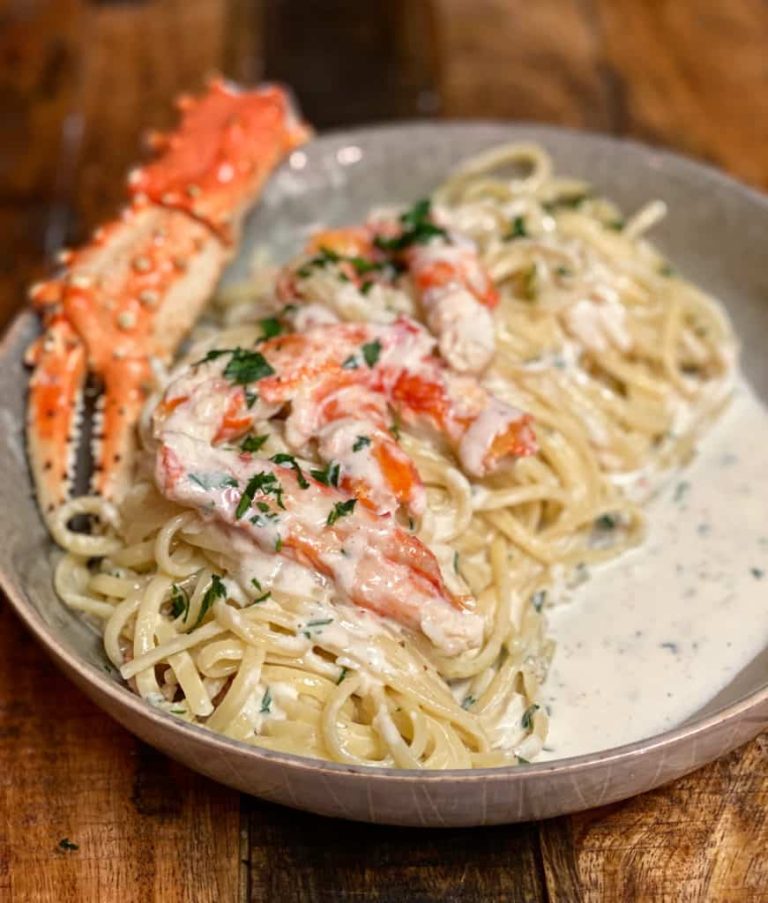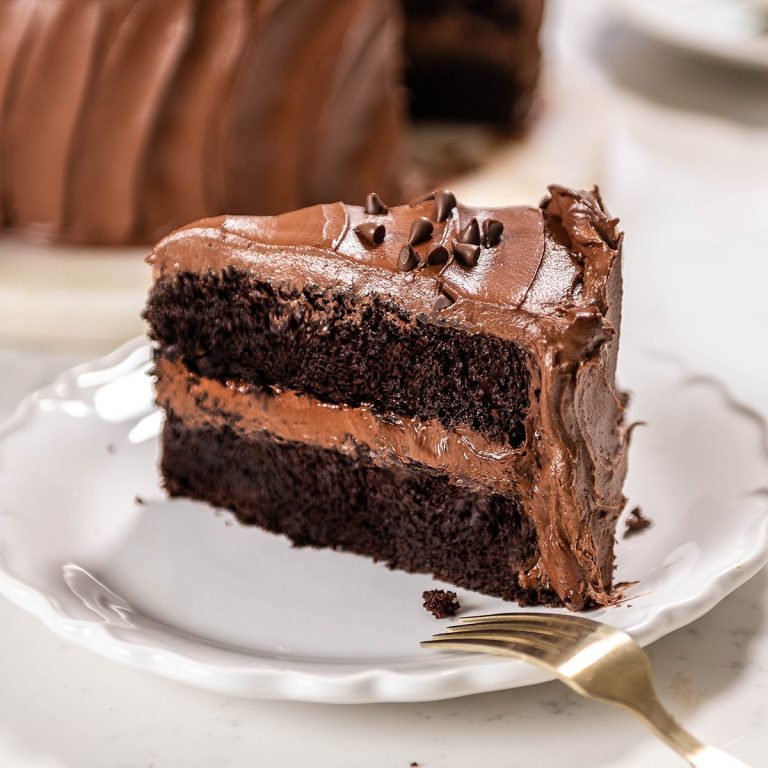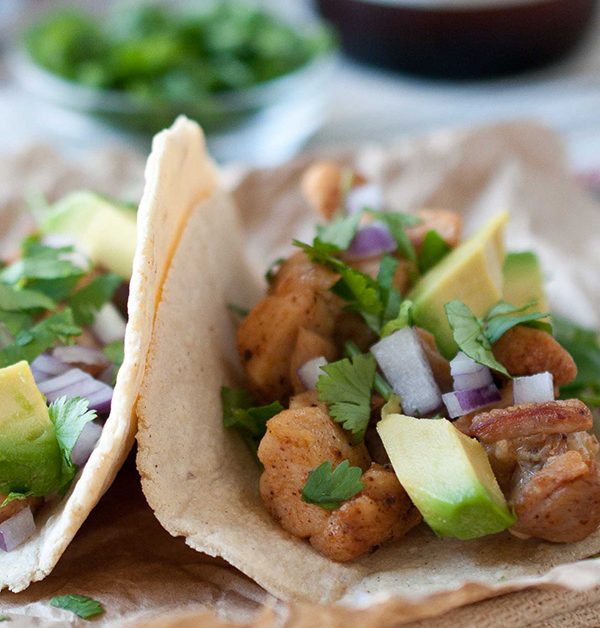Fluffy Gluten Free Pancakes: A Nutritious and Delicious Recipe
Pancakes get their fluffy texture from the reaction between the leavening agents and the liquid ingredients. Baking powder, a common leavening agent, releases carbon dioxide gas when mixed with wet ingredients, causing the batter to rise. Additionally, whisking the batter until smooth incorporates air, which contributes to the overall fluffiness.
Importance of Gluten-Free Ingredients
Using gluten-free ingredients ensures that those with gluten intolerance or celiac disease can enjoy delicious pancakes. Gluten-free flours like rice, almond, and coconut provide a suitable base without compromising texture. Combining these flours with xanthan gum helps mimic the binding properties of gluten, resulting in a cohesive and airy pancake.
Key Ingredients for Fluffy Gluten-Free Pancakes
Alternative Flours and Their Impact
Different flours contribute unique textures to gluten-free pancakes. Rice flour has a light texture, making pancakes airy. Almond flour adds a nutty flavor and a tender crumb. Coconut flour absorbs more liquid and creates a dense yet fluffy texture. These flours can be mixed to balance their properties. Use 60% rice flour, 30% almond flour, and 10% coconut flour for a balanced mix.
Binders and Leaveners in Gluten-Free Cooking
Binders and leaveners play a crucial role in gluten-free pancake recipes. Xanthan gum or guar gum binds the ingredients, preventing crumbling. Use 1 teaspoon of xanthan gum per cup of flour for best results. Leavening agents like baking powder and baking soda create the fluffy texture by releasing gases that make the batter rise. Combine 1 tablespoon of baking powder and 1/2 teaspoon of baking soda to ensure optimal fluffiness.
These ingredients create a texture and rise in gluten-free pancakes similar to traditional ones.
Step-by-Step Recipe for Fluffy Gluten-Free Pancakes
Preparing the Batter
Combine dry ingredients in a large bowl. Mix 1 cup of rice flour, 1/2 cup of almond flour, and 1/4 cup of coconut flour. Add 1 tablespoon of sugar, 1 teaspoon of baking powder, 1/2 teaspoon of baking soda, and 1/4 teaspoon of xanthan gum.
In another bowl, whisk wet ingredients until smooth. Combine 1 cup of buttermilk, 2 large eggs, and 1 teaspoon of vanilla extract. Stir in 1/4 cup of melted butter.
Gradually add wet ingredients to dry ingredients. Mix until just combined. Overmixing disrupts the texture. Let the batter rest for 5-10 minutes to activate the leaveners, ensuring optimal fluffiness.
Cooking Techniques That Ensure Fluffiness
Preheat a non-stick skillet or griddle over medium heat. Lightly grease with oil or butter.
Use a 1/4 cup measuring cup to pour batter onto the skillet. Cook pancakes until bubbles form on the surface, then flip. Cook for an additional 2-3 minutes or until golden brown.
Maintain a consistent medium heat. High heat cooks the exterior too quickly, leaving the inside undercooked.
Place cooked pancakes on a warming plate. Cover loosely with foil to retain warmth and fluffiness until ready to serve.
Consider adding fresh fruits or a drizzle of maple syrup for additional flavor without compromising the fluffiness.
Nutritional Benefits of Gluten-Free Pancakes
Health Impacts of Gluten-Free Diets
Consuming gluten-free diets may improve symptoms for people with celiac disease or gluten sensitivity. Replacing gluten with nutrient-rich alternatives like almond flour and coconut flour can help increase your intake of vitamins and minerals. Gluten-free diets may also aid digestion by avoiding gluten, which can irritate the gut in sensitive individuals.
Caloric and Nutritional Content Comparison
Gluten-free pancakes often contain fewer calories and carbs than traditional pancakes. Almond flour, for instance, offers more protein and healthy fats than wheat flour. Coconut flour is rich in fiber, which helps with digestion. Here’s a brief comparison of nutrients per 100 grams:
| Nutrient | Wheat Flour Pancakes | Almond Flour Pancakes | Coconut Flour Pancakes |
|---|---|---|---|
| Calories | 364 | 240 | 180 |
| Protein (g) | 9.7 | 20.1 | 6.6 |
| Carbohydrates (g) | 76.3 | 10.6 | 32.1 |
| Dietary Fiber (g) | 2.7 | 10.7 | 39.8 |
| Fat (g) | 1.0 | 19.5 | 9.1 |
These alternatives not only reduce calorie intake but also provide essential nutrients that enhance overall health.
Conclusion
Making fluffy gluten-free pancakes is simpler than you might think. By using a blend of rice almond and coconut flours along with xanthan gum and leaveners you can achieve a delicious and nutritious breakfast option. These pancakes not only cater to those with celiac disease or gluten sensitivity but also offer a healthier alternative to traditional pancakes. You’ll enjoy more protein healthy fats and fiber while consuming fewer calories and carbs. So next time you’re craving pancakes give this gluten-free recipe a try and savor the benefits of a healthier start to your day.






